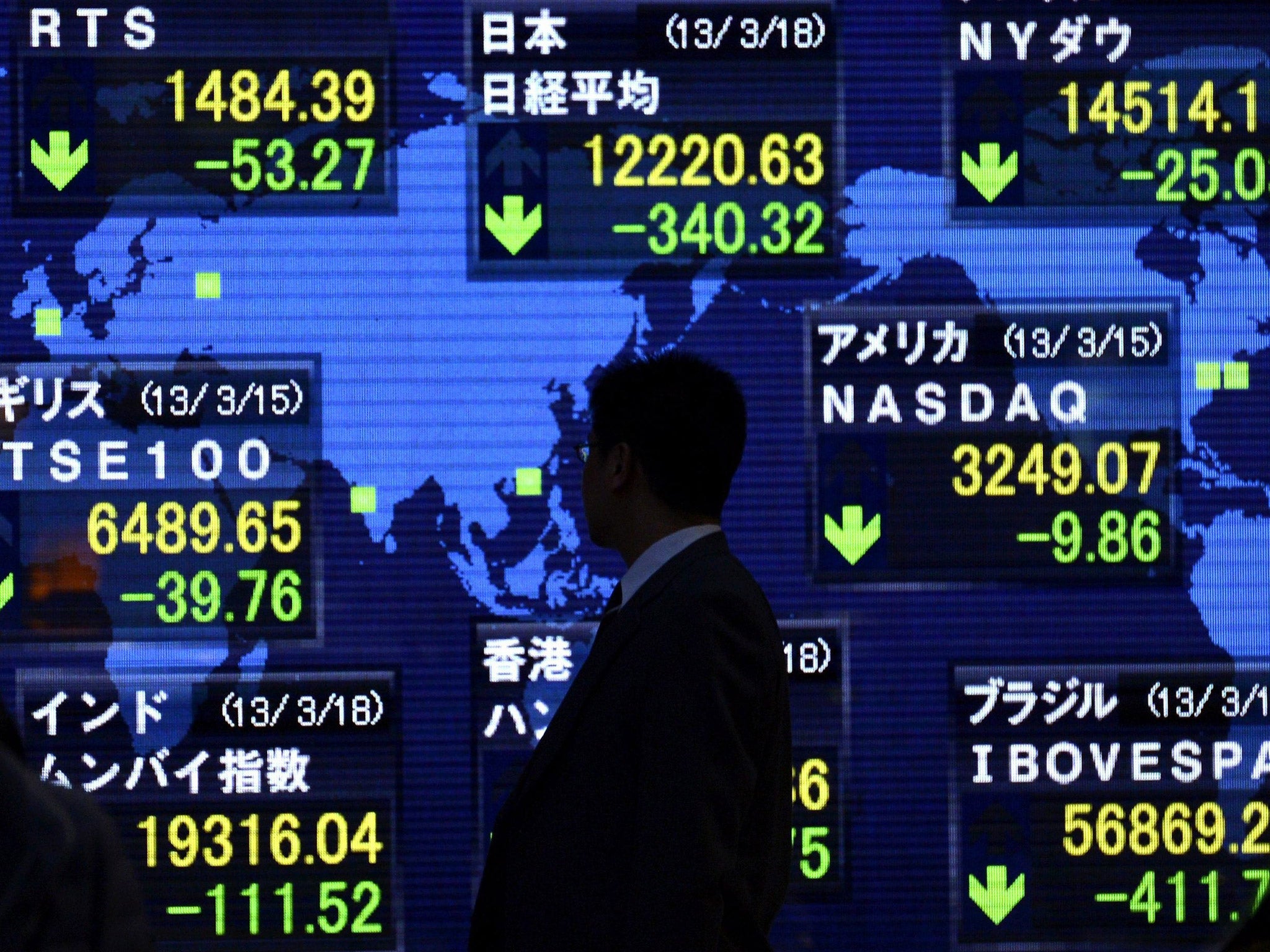Are share markets heading for another bubble?
There's talk of the "opportunity of a generation". But we've learned the hard way that it's better to prevent bubbles inflating than let them burst


Is it another bubble? The huge question – huge concern – of the moment is that share markets around the world might be heading into the land of irrational exuberance. The expression was used by Alan Greenspan, then head of the Federal Reserve Board, in December 1996.
“How,” he asked, “do we know when irrational exuberance has unduly escalated assets values, which then become subject to unexpected and prolonged contractions as they have in Japan over the past decade?”
The phrase caught the public imagination and became the title of a book by Robert Shiller, the Yale economist, in 2000 – when it was more apposite, for in 1996 the climb on the US and other main stock markets still had another three years to run, whereas by 2000 the dot-com boom had truly turned to bust. Now, a decade and a half on, US markets have just passed their previous peak. However, notwithstanding the recent rises, the FTSE 100 index is still 150 points short of its all-time high of 6,930 reached on 31 December 1999, while the Japanese Nikkei index is still less than half its all-time high of 38,916 on 29 December 1989. Funny, isn’t it, how both those highs came at the end of a decade?
So markets can be irrational. We all know that. But they are irrational on the downside as well, and arguably were in the spring of 2009 when shares were roughly half their present levels. I recall saying to a fund manager that I thought this might be an opportunity of a decade to buy shares. “No,” he replied, “it is an opportunity of a generation.”
Now, as always, views are divided. The bulls feel vindicated and even a little surprised by the strength of the markets, for given what has happened so far this year (the FTSE 100 is up 17 per cent), it is plausible that the previous peak will be passed. A couple of days’ good trading would do it. The bears feel bruised, for this is not a market you want to be out of, but warn of the irrationality of the rise. Some are talking of a year of two halves: a first half of strength and a second when reality will dawn and values become more reasonable.
Of course, we cannot know. What we have, however, learnt over the past decade is that it is better to prevent bubbles becoming inflated than to let them blow up and then pick up the pieces when they burst. That was not the view, at least, of the Fed but I think also of most other central banks a decade ago. Then the argument was that, because you don’t know whether exuberance is rational or irrational, you are better to see what happens and then sort it out if things go wrong. That led to the housing boom in many developed countries, and the consequent bank failures, the fallout of which we still have to live with today.
However, the central banks are still in “pick up the pieces” mode rather than “prick the bubble early”. Near zero interest rates and quantitative easing in their various forms have become the banks’ weapons of choice. But all policies have unintended consequences and the stock-market boom, while welcome in its early stages, may at some stage start to become both unsustainable and destabilising.
We cannot know but we have a a hundred years and more of data, and we can apply reason. It depends which measure you take, but on most of them shares are reasonably priced. Common sense says they are not ludicrously expensive and they are not absurdly cheap. Common sense says that the mood of investors is not one of wild elation nor of utter despair.
The practical test will be what happens when the drug is withdrawn: when the central banks try to return policy to some sort of normality. So an intuitive answer to Dr Greenspan’s question is that the present exuberance does not yet feel irrational, but the central banks had better start tightening policy or irrational is what it soon will be.
Measuring out hope
Inflation, like growth, is starting to bring a positive surprise – and many would say about time, too. But such is the battering that we have had from inflation way above the Bank of England’s target range (and much higher than that of the US or the eurozone) that any decline will arouse suspicion: can we trust the figures? Sceptics focus on the old Retail Price Index rather than the newer harmonised European index, which is now called the Consumer Price Index.
It is always worth being vigilant, and worries about reconstituting the RPI have recently led to the decision to keep it as it is. But there are two new indices that the Office for National Statistics is developing that deserve support, and coincidentally show a rather better inflation performance. Thus, the RPI is now at 2.9 per cent but the new method of calculating it, called the RPIJ (the J stands for Jevons), shows it at only 2.3 per cent. And the CPI is 2.4 per cent, but if you allow for housing costs, the new CPIH is only 2.2 per cent.
The details are on the ONS website but the bottom line is that these new and technically rather better measures of inflation do show that things are not quite as bad as they seem.

Join our commenting forum
Join thought-provoking conversations, follow other Independent readers and see their replies